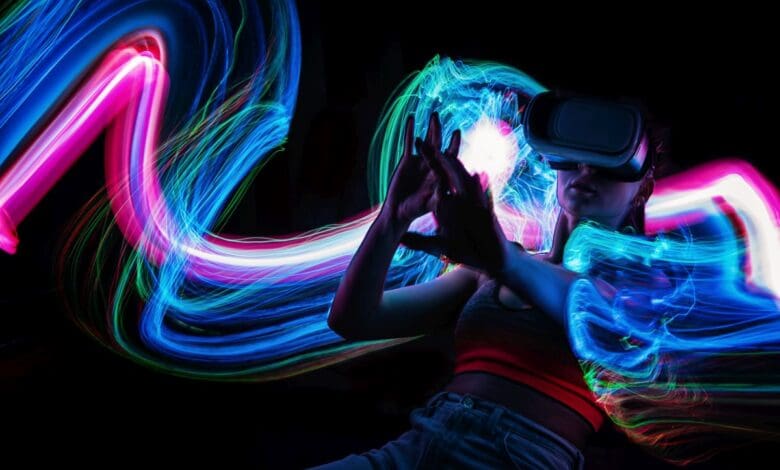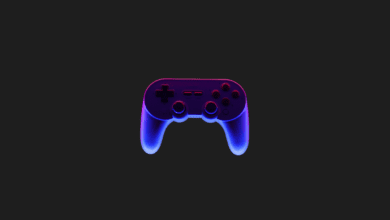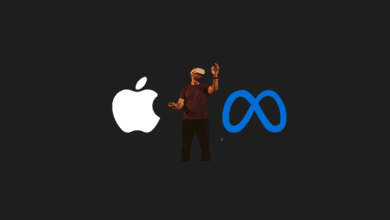
Metaverse Blog
What Needs to Happen to Take the Next Leap?
According to data from the research organization IDC, the global market for augmented reality (AR) and virtual reality (VR) headsets experienced a remarkable 92.1 percent growth in 2021 compared to the previous year, with shipments totaling 11.2 million units. In one of the latest developments, Facebook founder Mark Zuckerberg announced new details about Project Cambria, Meta’s latest virtual reality (VR) glasses.
Looking ahead, experts at Kaspersky, a cybersecurity company, outline key advancements needed for a transformative “leap threshold” in the VR experience:

- Higher Tech: Achieving a level similar to the technology depicted in the movie “Ready Player One” is essential. The virtual world portrayed in this movie was nearly indistinguishable from the real world. Simplifying the use of virtual headsets and sandboxes, making them more user-friendly, and enhancing adaptability can significantly lower the entry barrier, especially for individuals with difficulties.
- More Comfort: Presently, VR glasses provide a visual representation of another world, but not all senses are fully “transferred” into virtual reality. Users may experience discomfort during prolonged use, including symptoms of motion sickness like headache, dizziness, nausea, and disorientation. Developers are actively seeking ways to transfer additional sensations to virtual reality. For instance, a group of researchers at Carnegie Mellon University in Pittsburgh successfully modified the Oculus Quest 2 VR headset with ultrasonic transducers, allowing it to simulate mouth-to-mouth contact for users.
- Better Graphics Quality: Graphics quality in current Metaverse virtual reality projects lags behind the standards set by modern console games. Improving graphics quality requires higher computing power, potentially involving integration with extremely powerful computers into VR glasses. However, this introduces challenges related to the device’s battery life.
- Moving Away from the Sense of Novelty: The active use of VR headsets is still relatively recent, and they are often seen as interesting technology or a novelty rather than tools for regular use. Similar to smartphones, this perception is expected to change as VR glasses and the concept of the metaverse become commonplace among the masses.
You may also like this content
- The Metaverse: What it is, How to Enter, and Its Potential Impact
- Metaverse 5 Reasons Why its Awesome
- Metaverse Coins Buying Guide
Follow us on TWITTER (X) and be instantly informed about the latest developments…










